The Jewels of Garden Accent Merchandising
Understanding the dynamics of your garden center’s location can help dictate the variety of garden accessory displays you can create to increase traffic and sales.
Mark Hodesh, president of Downtown Home and Garden, Ann Arbor, Mich., uses his location to maximize walk-in business. “Being in the heart of the downtown area means there’s a lot of automobile and foot traffic right outside our doors,” explains Hodesh. “We try to make as much of our merchandise visible to the street as possible.”
This includes installing decorative fountains in the parking lot and using bells and wind chimes to generate interest to come inside and shop.
Accentuate diversity
But Joseph Cilio, vice president of marketing for Campania International, warns not to use garden accents as props for plants. “You don’t want the containers or statues to get lost in leaves and flowers,” he says.
Cilio also recommends having a big display area both inside and out filled with containers, fountains, statues and other accents in a wide variety of materials — cast stone, terra cotta, polyethylene, cast iron and hot new glazes.
Mike Pasquesi, store manager of Pasquesi Home & Gardens in Barrington and Lake Forest, Ill., agrees. “If a customer walks into a store and you only have a few pots on display, they don’t even notice them. But if you have 50 in a great display, they say ‘Wow! This is what I should be doing,'” he says.
“A store should offer something for everyone,” says Cammy Frazier, retail store manager of Peter’s Garden & Co., Quakertown, Pa. She recommends carrying pots of different materials as well as diverse styles.
Set the stage naturally
Other centers have found that the use of garden structures, such as arches, trellises and three-panel displays, can provide a natural setting for displaying many other gardening accents.
“We use statues and fountains throughout the display gardens, perennial display areas and in a designated greenhouse,” says John Rutte, manager of Hollandia Nursery, Bethel, Conn. “They’re very inviting. People like to see them in a setting to visualize where a piece might go in their own landscape.”
Sandy Mayer of the Garden Culture of Longwood, Kennett Square, Pa., has found the benefits to having a structure on display far outweigh the cost of purchase and effort needed to install it.
“We initially thought we’d set one up and merely use it as a visual from which to take customer orders,” she explains. “Then we found that by placing other objects around the structure, such as benches and so forth, we created a kind of scene that not only was pleasant to look at, but gave our customers ideas.
According to Campania’s Cilio, garden structures also help make your garden center look better as well as present a look that invites customers in. He suggests the “mix and mingle” approach. “In the landscape, blend accents heavily into shrubs and perennials, using 2-3 times what you would use in the home garden. The impact is very dramatic and moves products.”
Capitalize on convenience
In the last several years, statuary and fountain sales have more than tripled, according to the National Gardening Association (NGA). “The interesting thing is that in 1999, about 4.2 million households purchased a fountain or statue,” noted Bruce Butterfield, NGA research director. “Back in 1995, it was about 1.3 million.”
The increase in container sales is due partly to the increase in high-density housing, which has expanded deck and patio gardening, and partly to the increase in the busy lifestyles of the “baby boomers,” who are the largest buying segment for containers.
Make your business personal
There’s something else that Hodesh and Downtown Home and Garden do effectively when displaying merchandise that may cause the marketing departments of many large manufacturers to cringe. “We don’t use the manufacturer’s point-of-sale displays or any of their large marquee advertising materials to sell their products,” Hodesh says. “The lack of brand advertising makes our center look more like a customer’s garage than a place of business, and we feel that invites our customers to come in and hunt around, much like they’d do in their own garage or storage shed.”


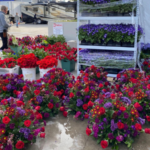

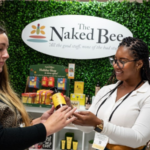


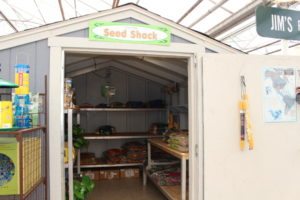
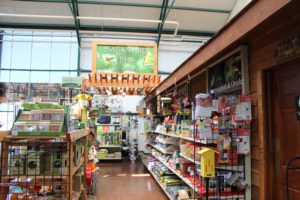
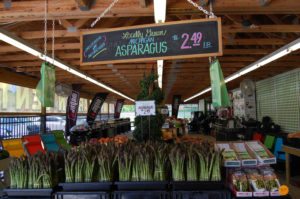
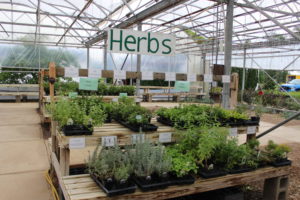
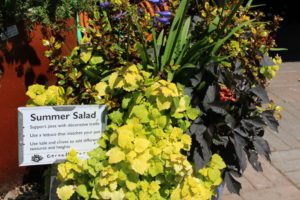
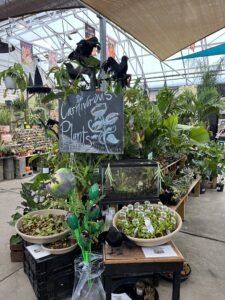
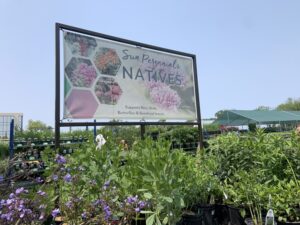
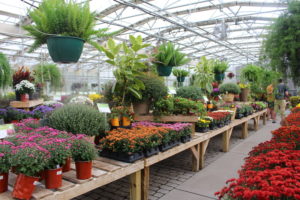
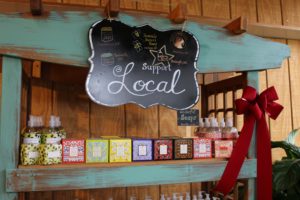
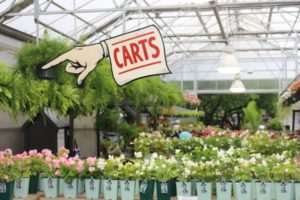
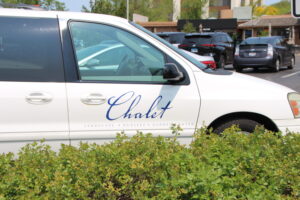
 Videos
Videos





